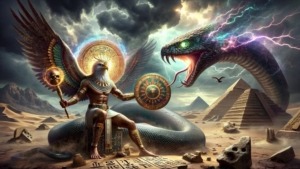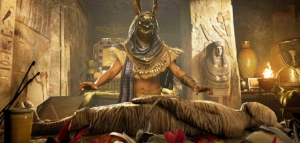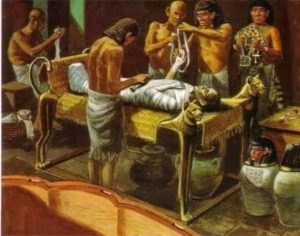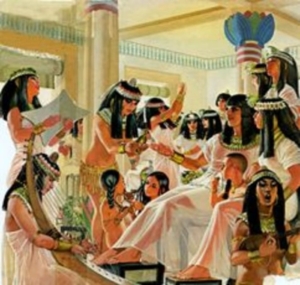Ancient Egyptian civilization is one of the oldest and most fascinating civilizations in human history. This civilization began around 3000 BC, when Upper and Lower Egypt were unified under the first pharaoh, and ended in 332 BC when Alexander the Great invaded Egypt.
The Nile River
The Nile River was the source of life for ancient Egypt, providing fertile land for agriculture due to its annual floods. This agricultural abundance supported a complex society and allowed for the construction of monumental architecture, including the iconic pyramids.
Egyptian society was highly stratified, with the pharaoh at the top, considered a god-king. Below the pharaoh were priests, scribes, and nobles, followed by craftsmen and merchants. The majority of the population were peasants and laborers who worked the land and on state projects.
Religion in old Egypt
Religion played a central role in Egyptian life, they had many gods and goddess, such as Ra, the sun god, and Isis, the goddess of motherhood. The Egyptians believed in an afterlife, which led to elaborate burial practices, including mummification, to preserve the body for the journey to the next world.
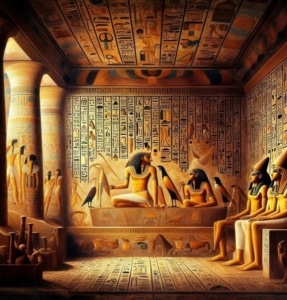
Hieroglyphics
Hieroglyphics, the writing system of ancient Egypt, was used for religious texts, official inscriptions, and literature. In 1799 Rosetta Stone was discovered and it was key in deciphering these symbols, revealing much about Egyptian history and culture.
Art and architecture in old Egypt
Art and architecture were very important, characterized by their distinct style and symbolic representation. Temples, tombs, and monuments were adorned with stunning carvings and paintings, often depicting gods, pharaohs, and daily life.
Throughout the, Egyptian history experienced periods of unity and fragmentation, and it was divided into several kingdoms like the Old, Middle, and New Kingdoms and the late period.interspersed with intermediate periods of political instability. The New Kingdom, specially under pharaohs like Akhenaten ,Tuthmosis III and Ramses II, marked a time of wealth, power, and extensive building projects.
Trade with neighboring regions, including Nubia, the Levant, and Mesopotamia, were vital for the exchange of goods, ideas, and technology. This interaction influenced Egyptian culture and facilitated the expansion of its influence.
Egypt’s decline began with invasions by foreign powers, including Persians, culminating in the conquest by Alexander the Great. Despite this, the legacy of ancient Egypt endures through its contributions to art, architecture, religion, and writing, continuing to captivate specialists and the public alike.
if you would like to discover more about the ancient egyptian history check this link here for more discovery tours to Egypt
Written by ATW Septemeber 2024

